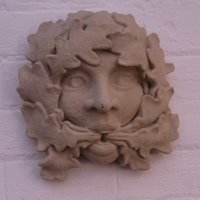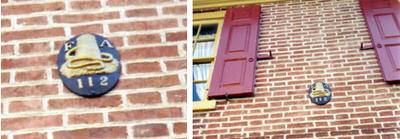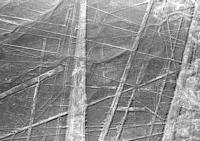
Mathew Hopkins was given the ominous title of Witch Finder General because of his ability to find witches and “persuading” them to confess. He was paid twenty shillings, a tidy sum in the mid 1600s, for each witch he brought to justice. The business became so lucrative that he formed his own close-knit crew to comb the countryside seeking out witches of both genders. At one time, he had 32 people under arrest of whom 19 were hanged in one day. Hundreds of people died, mostly women, many of whom died under torture or in prison.
At the end of his career, Hopkins’ techniques (and wealth) came to the attention of Parliament who demanded an explanation for his cruel antics. Hopkins submitted a pamphlet to Parliament in 1647 called The Discoverie of Witches defending his actions and techniques but he was nonetheless removed from his position. During Hopkins’ reign of terror, almost four hundred men and women from local villages and towns had been condemned to death, sometimes for merely owning a cat! Matthew Hopkins is buried in Mistley Towers, a little village east of Manningtree, Essex, England.
The county of Essex in England was evidently a favorite place to hunt witches. It is known that when Elizabeth I became Queen of England; she encouraged the seeking out of witches. She stayed at St. Osyth, Essex, in 1561 and again in 1579 in the company of Lord John D’Arcy who took it upon himself to rid the village of witches.
Lord D’Arcy lived in the village of St. Osyth at St. Clere’s Hall, St. Osyth, Essex, England. In 1582, Brian D’Arcy, Justice of the Peace in St. Osyth, conducted searches for witches in the village and neighboring areas. He used the same persuasive techniques as Matthew Hopkins and by all accounts he was a successful witch hunter. A book in the Bodleian library, Oxford, states that, “A true and just recorde of the enformation, examination and confession of all witches taken at St. Osees.” The evidence consisted of accusations by neighbors and even family members of supposed witchcraft. Two local women, Elizabeth Bennet and Ursula Kemp were branded as witches. Ursula’s own son, Thomas, gave evidence against his mother at the trial. The two women were found guilty and hanged for witchcraft in 1582.
In 1921, a man digging in his garden at 37 Mill Street came upon two skeletons. The main joints of the women were bound, elbow to elbow, wrist to wrist. The skeletons are believed to be the remains of Elizabeth and Ursula, and we can only assume that they were bound together to prevent them escaping their joint grave.
The above are excerpts from my book Extraordinary Places...Close to London (Page 24 & 26)


















